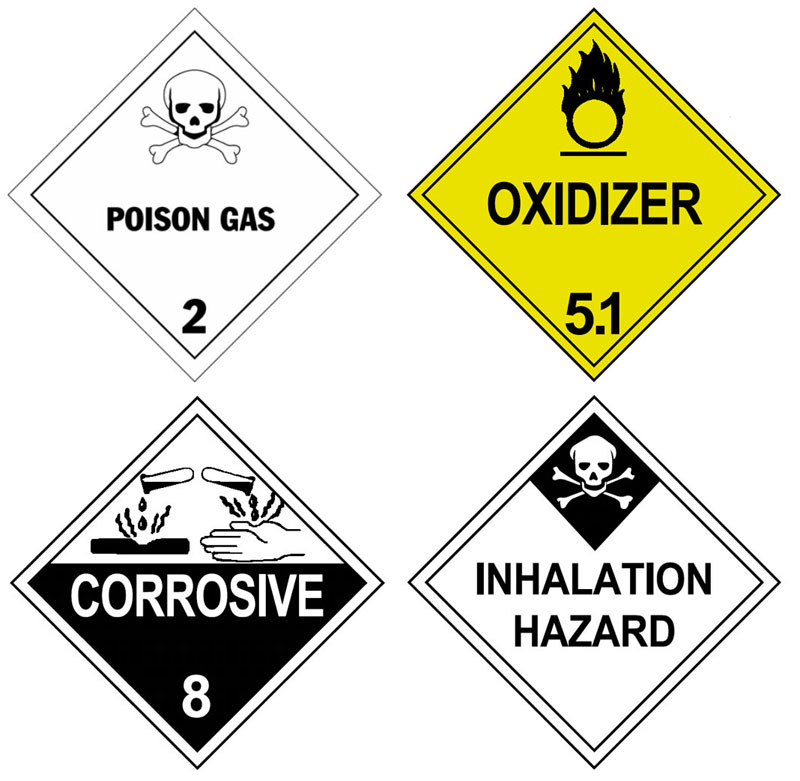Toxicology is the scientific study of adverse effects that
occur in living organisms due to chemicals. It involves observing and reporting
symptoms, mechanisms, detection and treatments of toxic substances, in
particular relation to the poisoning of humans.
It includes environmental agents and chemical compounds
found in nature, as well as pharmaceutical compounds that are synthesized for
medical use by humans. These substances may produce toxic effects in living
organisms including disturbance in growth patterns, discomfort, disease and
death.
It also studies the harmful effects of chemical, biological and physical agents in biological systems that establishes the extent of damage in living organisms. The relationship between dose and its effects on the exposed organism is of high significance in toxicology. Factors that influence chemical toxicity include the dosage (and whether it is acute or chronic); the route of exposure, the species, age, sex and environment.
 | |||
| (http://www.toxicologyguide.com/886-environmental/)
Environmental health toxicology is the study of the adverse effects of environmental chemicals on human health.
TYPES OF TOXICANTS:
ALLERGENS
Any
substance, often a protein, that induces an allergy : common allergens include
pollen, grasses, dust, and some medications
MUTAGENS
Biological,
chemical, or physical agent, process, or substance that causes permanent
genetic change (mutation) in a cell (other than which occurs during normal cell
growth) due to genetic alterations or loss of genes or chromosomes. Such
mutations may be the early steps in a sequence of events that ultimately lead
to development of cancer.
TERATOGEN
A teratogen is anything that can disrupt the development of an embryo or fetus in a pregnant mother's womb. A teratogen may cause a birth defect, malformation, or terminate the pregnancy altogether.
NEUROTOXIN
Any substance that is capable of causing damage to nerves or
nerve tissue. For example, arsenic and lead are neurotoxins.
ENDOCRINE DISRUPTORS
The endocrine system is a complex system consisting of glands in the body that produce hormones. Examples are the thyroid gland in the throat, the pituitary gland in the brain, the adrenals, pancreas and ovaries in the abdomen, and the testicles, which lie outside the abdomen.
It can divided into 2 broad categories:
Toxic- Poisonous
It can be general or very specific and it often harmful even
in dilute concentrations.
Hazardous
-Dangerous
It can be flammable, explosive, irritant, acid and very
corrosive substance.
EXPOSURE AND SUSCEPTIBILITY
• Condition of organism and timing of exposure also have strong influences on toxicity
• Airborne toxins generally cause more ill health than any other exposure (lining of lungs easily absorbs toxins)
• Largest toxin exposure reported in industrial settings.
|  |
 | ||
| (https://www.researchgate.net/figure/6423230_fig3_Fig-3-Traditional-epidemiology-evaluates-possible-associations-between-either-risk)
HOW TO DETERMINE THE DANGEROUS OF CHEMICAL?
Most of the chemicals you might use at work are not
dangerous if you use them properly and know what to do
if something goes wrong (such as spillage). But some
chemicals need more careful handling than others.
Labels can help you identify the more hazardous
chemicals, tell you what the dangers are, and how to
avoid them
HAZARD SYMBOL These are always black on orange . They alert
you to the main dangers posed by the chemical. Other symbols you might expect
to see are illustrated overleaf. Not all labels will have symbols, but all will
contain the brief list of warnings and safety advice.
INDICATION OF DANGER
This gives the meaning of the symbol.
WARNINGS AND
SAFETY ADVICE
The label also contains a brief list of
warnings and safety advice. The law
requires suppliers of chemicals to
tell you what hazards a chemical
might pose and how to use it safely.
The information is brief but important.
If it advises you to avoid contact
with skin then you should do just
that. The advice is on the label for
your safety.
|

Casino, Hotel, and Brewery | MapyRO
ReplyDeleteView, compare prices, see 서산 출장마사지 15 restaurants, 3 bars 안동 출장안마 and suites located near Casino, Hotel, 의왕 출장샵 and Brewery in Henderson, NV. 순천 출장샵 The Casino Hotel in Las 부산광역 출장마사지 Vegas is